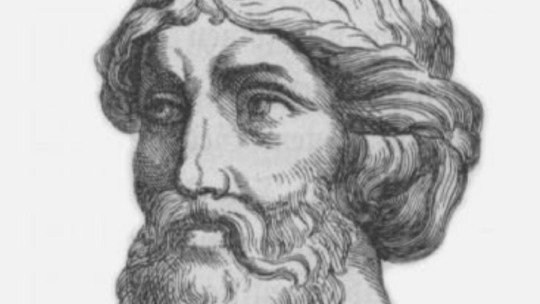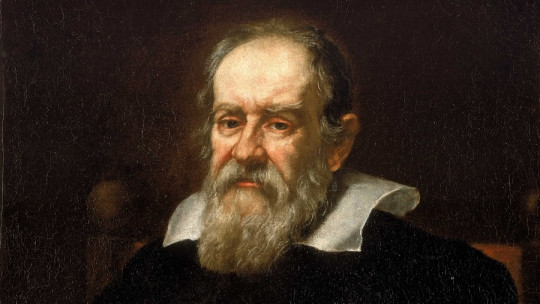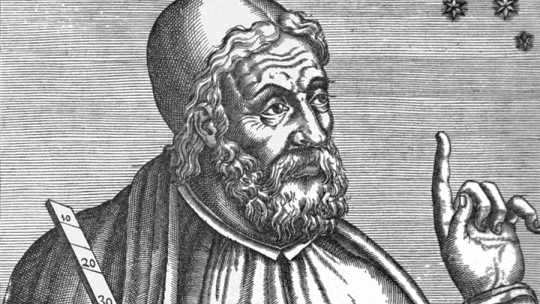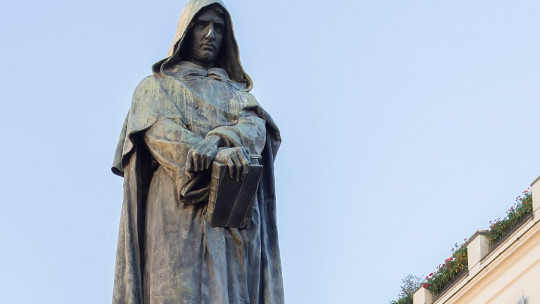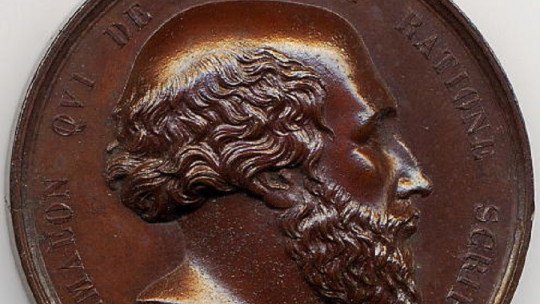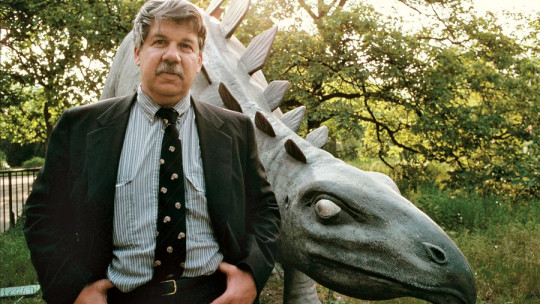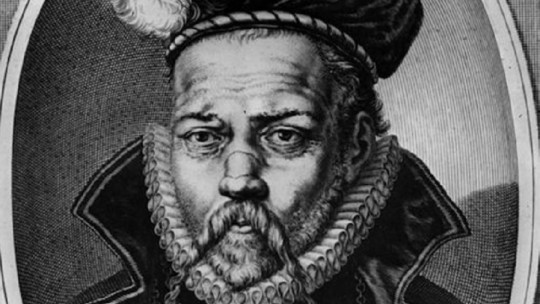
Human beings have always looked at the sky and the stars with veneration and respect. An indecipherable mystery for the majority of the population for much of history, celestial bodies have been the object of worship, the origin of myths and different mystical and religious beliefs. And since ancient times, humanity has tried explain what lies beyond and how the cosmos works
One of the most influential and important figures throughout history was Copernicus, who proposed the heliocentric theory. Another, perhaps somewhat less known, is Tycho Brahe.
This man is considered one of the most relevant astronomers in history, born at a time when there were no telescopes or precise mechanisms to observe the behavior of the stars. Knowing his history is important to understand the importance of his discoveries, and that is why throughout this article Let’s see a small biography of Tycho Brahe
Tycho Brahe Biography
Tyge Ottesen Brahe, better known as Tycho Brahe (Latinization of his name), He was born on December 14, 1546 in Knudstrup Castle, a property built by his father and located in a Scania that was then Danish. He was the firstborn (he was born with a twin but he died early) of the royal advisor Otte Brahe and Beate Clausdatter Bille, both members of the nobility and aristocracy of Denmark and with great power.
Young Tycho, however, was not raised by them but by his uncle Joergen Brahe, who had no children. Initially he was kidnapped by his uncle, but his parents decided to allow the minor to stay and raise him. Joergen Brahe gave him great support throughout his life and decided to educate him in the best possible way, helping to train him in areas such as knowledge of Latin.
Academic training
When he turned thirteen in 1559 His uncle decided to send him to the University of Copenhagen to study philosophy and rhetoric with the purpose of having a life as a nobleman serving the crown.
A year after his arrival at the University something happened that would largely mark the destiny of the young Tycho Brahe: he was able to observe a solar eclipse. From then on, Brahe’s main objective was to study astronomy, incorporating subjects on this subject and mathematics into his studies.
After finishing his studies at said university, he decided to continue his training at the University of Leipzig in 1562 in order to study law, while his fascination and studies of the stars and astronomy continued to grow. During his training in this area he had a dispute with another student, which resulted in a duel in which he lost a large part of his nose. Also was able to observe that the astronomical forecasts of the time had a large number of errors
The same year he lost his nose, 1565, the situation of conflict during the Seven Years’ War was such that his uncle Joergen made him return to Copenhagen for safety. He would die shortly after, leaving his inheritance to his nephew. With this inheritance he continued training in astronomy and medicine at the universities of Wittenberg and Rostock.
Little by little the young Tycho was achieving a certain popularity, something that did not go unnoticed in the eyes of the king and caused him to be offered a position at Roskilde Cathedral His father died in 1571, after which he lived with another of his uncles.
A star in the sky
One day, in 1572, A star that had never been observed before appeared in the sky: the constellation Cassiopeia This star, actually a nova, was of great interest to the author and he spent about a year making various observations. In them he could see that there was no parallax regardless of where he looked from (that is, there was no difference in his apparent position). The appearance of this star made the author make one of what would be considered the greatest contributions: the contradiction of the idea that the fixed stars were immutable, which until then was in force.
In 1573 he published his first work, in which he would reflect his observations: “De nova stella”. This work would make her achieve great popularity. Also during that same year he would have a relationship with a woman of peasant origin named Kirstine, with whom he would join despite the opposition of her family and with whom he would have children.
Hven Island and Uraniborg
Tycho Brahe enjoyed the sympathies of the monarch Frederick II, who gave him ownership of the island of Hveen in 1576. In it the astronomer built the largest and most developed observatory of the time, which he called the city of the sky or Uraniborg. In said observatory he would spend two decades making astonishingly precise (remember that the telescope had not yet been invented) and numerous measurements and observations of the stars.
Among the observations he made, he was able to see how the movement of the stars was not perfectly circular but rather traced an ellipse. Specifically, from the analysis of the behavior of comets. This observation and a subsequent one during the year 1588 led him to another new great discovery for the time that contradicted pre-existing beliefs: proved that comets were not in our planet’s atmosphere but outside it
On the other hand, and largely due to the difficulty in accurately measuring the movement of the stars, Brahe came to the conclusion that Copernicus’ ideas were incorrect since if the heliocentric theory were true, human beings should be able to perceive the parallax of the stars (something that has subsequently been seen to occur).
Final years, death and legacy
In the same 1588 King Frederick II died. something that caused Tycho Brahe to lose his right to the island of Hven and the pension he received from the monarch. That is why during 1597 he decided to leave Denmark. In 1599 he was welcomed in Prague by King Rudolph II, who made him the imperial mathematician and offered him a castle as an observatory and a considerable sum of money as fees. Likewise, he would come into contact with who would be his disciple and also relevant author Johannes Kepler.
A year later Brahe and Kepler met to carry out a collaboration, which was initially full of disagreements but which ended with Kepler as the astronomer’s assistant and which was highly fruitful. However, In 1601 Brahe became seriously ill His death came to Brahe on October 24, 1601, in the city of Prague, due to kidney failure that ended his life. He previously asked his assistant to finish his work.
The legacy of this important astronomer is enormous, since thanks to him the behavior of the cosmos began to be investigated in greater depth and some beliefs that existed since Antiquity could be contrasted. Not in vain is he considered one of the most important astronomers in the world, and was a source of inspiration for other greats such as his disciple Kepler.

